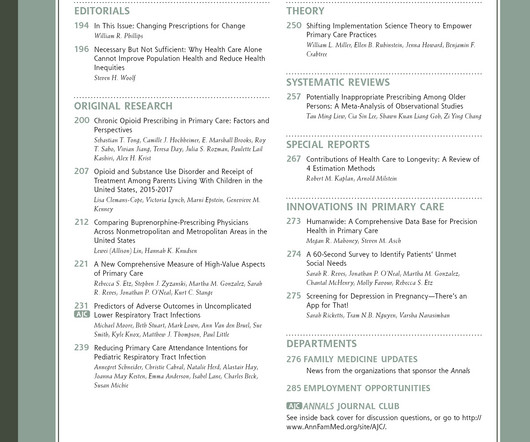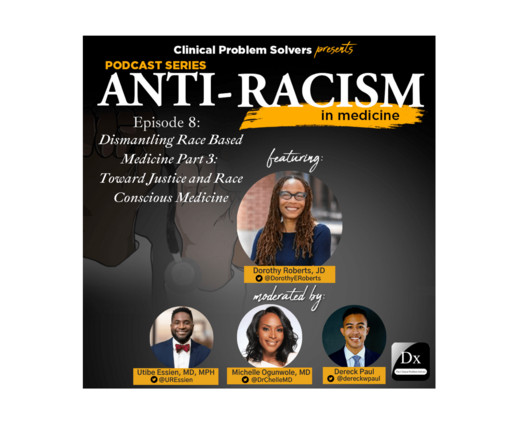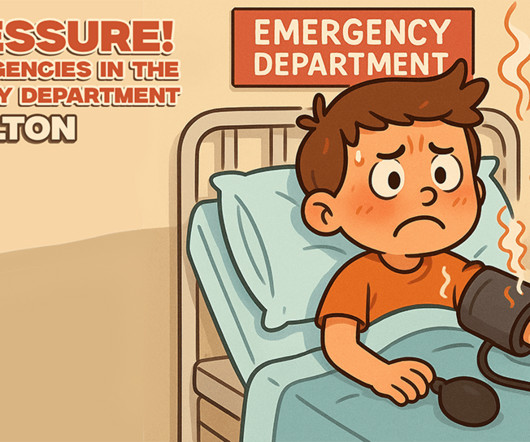Racial and Disaggregated Ethnic Disparities of Blood Pressure Control in Community Health Centers [Hypertension]
Annals of Family Medicine
NOVEMBER 20, 2024
Context: Hypertension is the most prevalent reversible risk for cardiovascular morbidity and mortality. Blood pressure (BP) control (<130/80 systolic/diastolic) is poor nationally, and is inequitable by race/ethnicity, with minimal understanding of the differences within Latino patients by country of origin.











Let's personalize your content